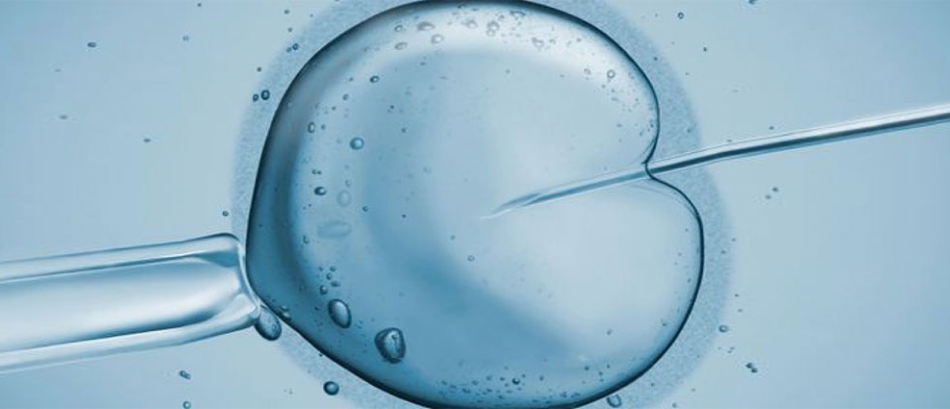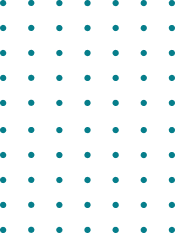Our Facilities
Intra Cytoplasmic Sperm Injection (ICSI)

The Concept
Naturally, the fertilization process involves the penetration of a single sperm from the ejaculate into the egg (called oocyte in scientific terms) released during the menstrual cycle. Said sperm must penetrate the shell of the oocyte (called zona pellucida) to immediately after fuse with the female gamete.
Sometimes, either due to physiological deficiencies that may lead to a drastic reduction or absence in the production of gametes or due to poor gamete quality or defects in the interaction, the process of fertilization can be diminished or even prevented.
From the Assisted Reproduction Techniques (ART) perspective there are two main approaches to overcome these deficiencies: Conventional In Vitro Fertilization (IVF) and Intra Cytoplasmic Sperm Injection (ICSI). Conventional IVF is based in the interaction between the oocytes and the sperm. After the egg retrieval, each oocyte and the set of cells that surround it (granulose cells) will be put in a drop of culture media containing a suspension of sperm at a given concentration. From this interaction a single sperm should penetrate into the egg to fertilize it.
Limitations of the technique
Although the technique mimics the natural interaction between the gametes that occurs in the Fallopian tubes, it requires a certain semen concentration due to which not all samples are capable of being used for conventional IVF.
Likewise, the technique cannot solve the possible problems of interaction between female and male gamete so that the uncertainty about the success of the procedure is generally higher.
ICSI Approach ( The Procedure )
ICSI is based in the insertion of a selected sperm into the oocyte, overcoming the limitations that conventional IVF faces with poor semen samples and deficiencies in the interaction between the gametes. Because of this, ICSI has become the most commonly used IVF technique. With the help of an advanced micromanipulation station (including microscope, microinjectors and micropipettes) the sperm has to be individually selected and immobilized. During the microinjection the oocyte has to be held while the sperm is inserted and released inside the inner part of the oocyte. The day after the microinjection the signs of proper fertilization will be checked in each oocyte


